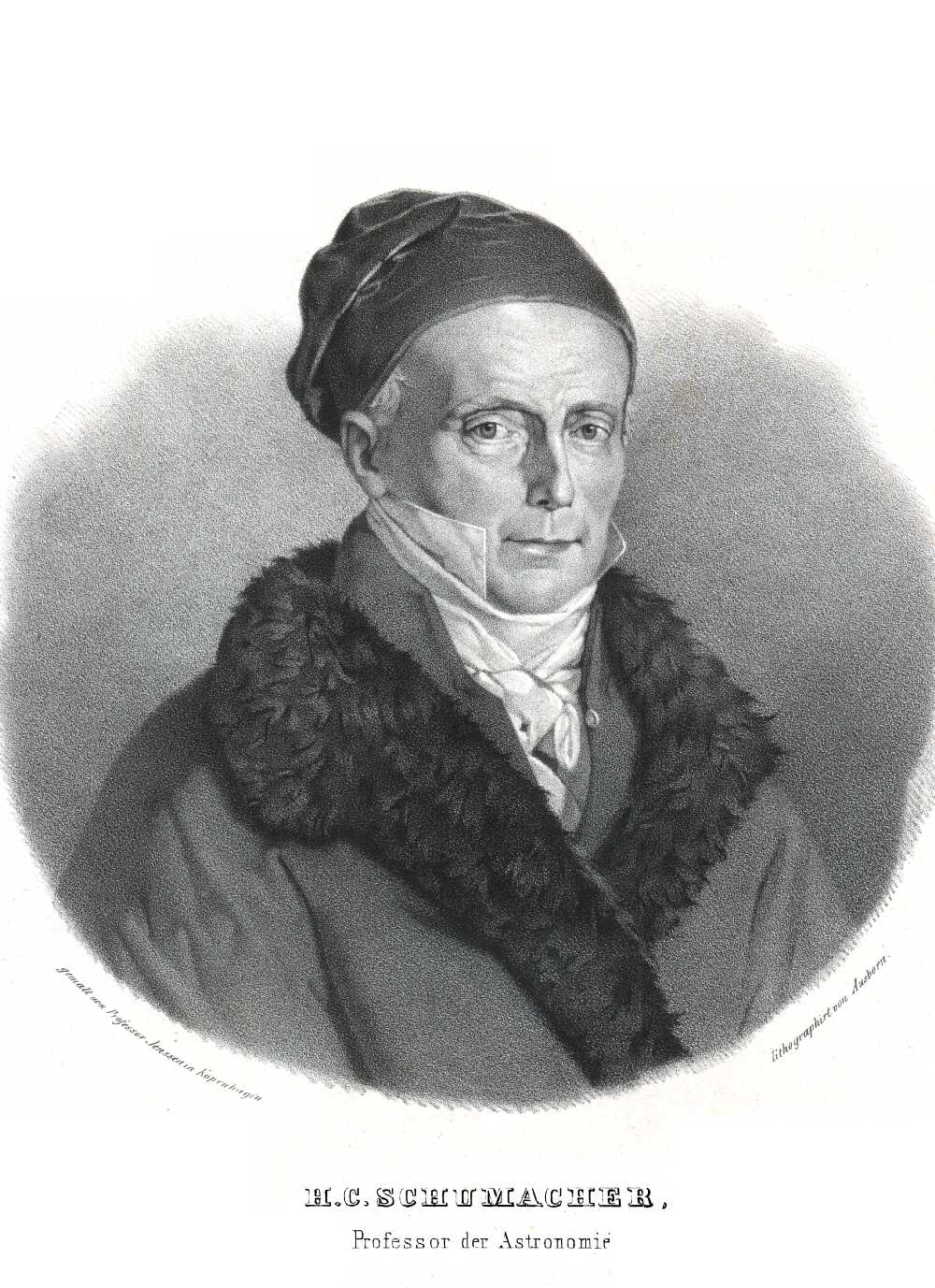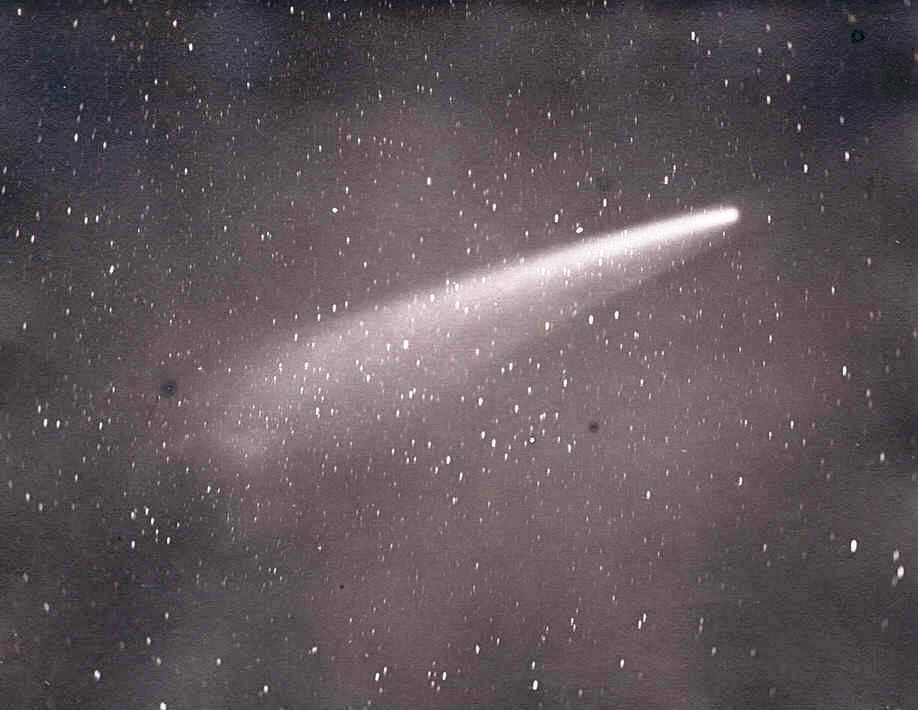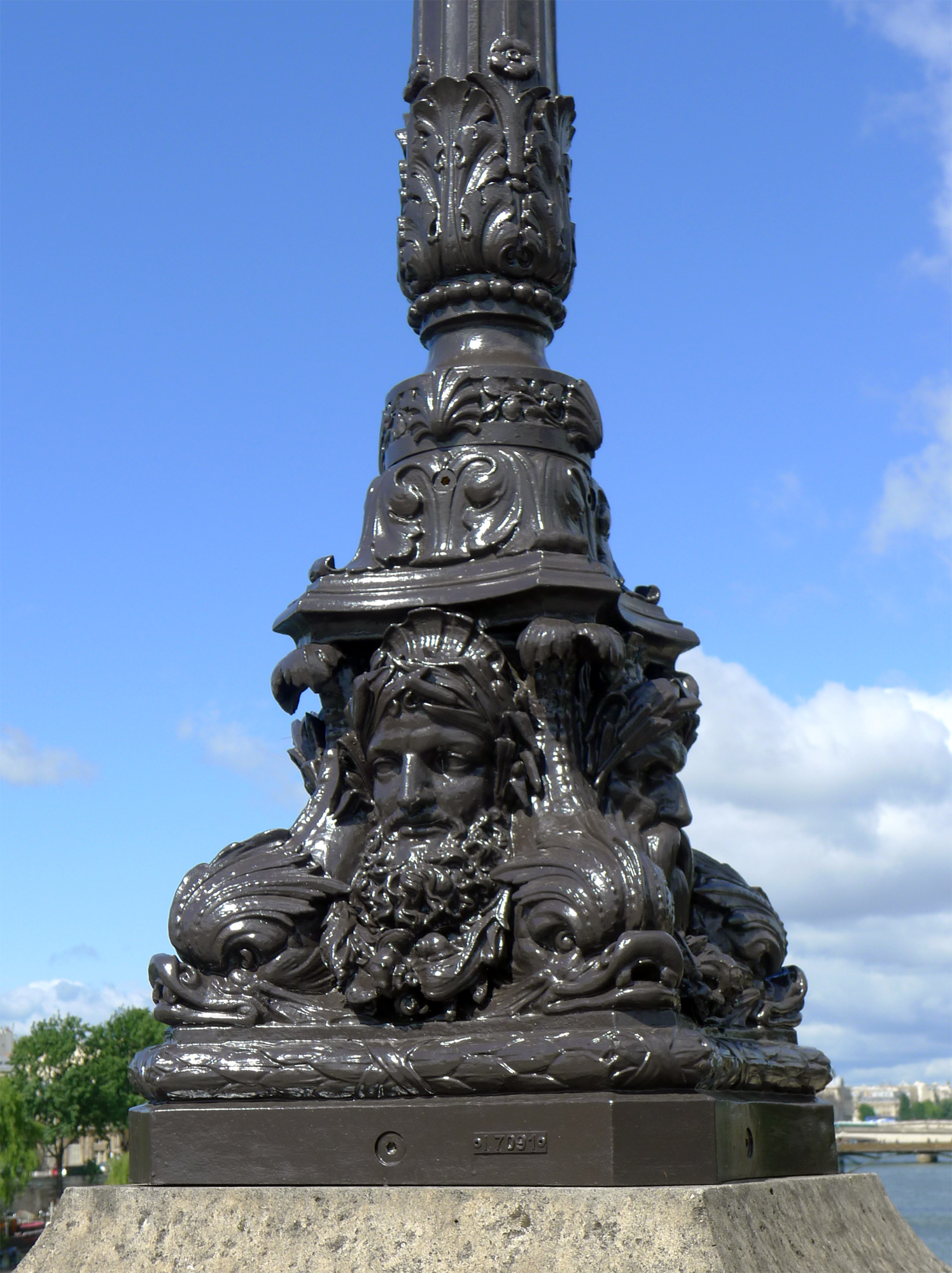|
1882 In South Africa
The following lists events that happened during 1882 in South Africa. Incumbents * Cape Colony#Governors of the Cape of Good Hope (1797–1910), Governor of the Cape of Good Hope and High Commissioner for Southern Africa: Hercules Robinson. * Colony of Natal#Lieutenant-governors, Governor of the Colony of Natal: Henry Ernest Gascoyne Bulwer. * State President of the Orange Free State: Jan Brand. * State President of the South African Republic: Triumviate of Paul Kruger, Marthinus Wessel Pretorius and Piet Joubert. * Cape Colony#Prime Ministers of the Cape of Good Hope (1872–1910), Prime Minister of the Cape of Good Hope: Thomas Charles Scanlen. Events ;May * 9 – Paul Kruger becomes President of the South African Republic. * 28 – Two ships, the Agnes (94 tonne) and the Christina (196 tonne), run ashore at Plettenberg Bay. ;July * 26 – The Stellaland Republic is declared, founding Vryburg as capital. ;September * 2 – Kimberley, South Africa, Kimberley ... [...More Info...] [...Related Items...] OR: [Wikipedia] [Google] [Baidu] |
1882
Events January–March * January 2 ** The Standard Oil Trust is secretly created in the United States to control multiple corporations set up by John D. Rockefeller and his associates. ** Irish-born author Oscar Wilde arrives in the United States for an extended lecture tour; when asked by a customs official if he has anything to declare, he replies "I have nothing to declare but my genius" according to later tradition. * January 5 – Charles J. Guiteau is found guilty of the assassination of James A. Garfield (President of the United States) and sentenced to death, despite an insanity defense raised by his lawyer. * January 12 – Holborn Viaduct power station in the City of London, the world's first coal-fired public electricity generating station, begins operation. * February 3 – American showman P. T. Barnum acquires the elephant Jumbo from the London Zoo. * March 2 – Roderick Maclean fails in an attempt to assassinate Queen Victoria, ... [...More Info...] [...Related Items...] OR: [Wikipedia] [Google] [Baidu] |
Vryburg
Vryburg () is a large agricultural town with a population of 48,400 situated in the Dr Ruth Segomotsi Mompati District Municipality of the North West Province (South Africa), North West Province of South Africa. It is the seat and the industrial and agricultural heartland of the district of the Bophirima region. Location The town is situated halfway between Kimberley, South Africa, Kimberley (the capital of the Northern Cape Province) and Mahikeng (the capital of the North West Province (South Africa), North West Province). Vryburg is on Cecil Rhodes’s great northern railway, which ran from Cape Town through the Kimberley diamond fields, Vryburg, Mafeking, and northwards beyond the Victoria Falls. It is also on the N14 road (South Africa), N14 National Road which runs from Gauteng Province in a southwesterly direction through Vryburg, Kuruman and Upington to the mining town of Springbok, Northern Cape, Springbok in the north-western Cape. This road also connects Gauteng Prov ... [...More Info...] [...Related Items...] OR: [Wikipedia] [Google] [Baidu] |
Zulu People
Zulu people (; zu, amaZulu) are a Nguni ethnic group native to Southern Africa. The Zulu people are the largest ethnic group and nation in South Africa, with an estimated 10–12 million people, living mainly in the province of KwaZulu-Natal. They originated from Nguni communities who took part in the Bantu migrations over millennia. As the clans integrated together, the rulership of Shaka brought success to the Zulu nation due to his improved military tactics and organization. Zulus take pride in their ceremonies such as the Umhlanga, or Reed Dance, and their various forms of beadwork. The art and skill of beadwork takes part in the identification of Zulu people and acts as a form of communication and dedication to the tribe and specific traditions. The men and women both serve different purposes in society in order to function as a whole. Today the Zulu people predominantly believe in Christianity, but have created a syncretic religion that is combined with the Zulu's pr ... [...More Info...] [...Related Items...] OR: [Wikipedia] [Google] [Baidu] |
Mahikeng
Mafikeng, officially known as Mahikeng and previously Mafeking (, ), is the capital city of the North West province of South Africa. Close to South Africa's border with Botswana, Mafikeng is northeast of Cape Town and west of Johannesburg. In 2001 it had a population of 49,300. In 2007 Mafikeng was reported to have a population of 250,000, of which the CBD constituted between 69,000 and 75,000. It is built on the open veld at an elevation of , by the banks of the Upper Molopo River. The Madibi goldfields are some south of the town. Name The town was renamed Mahikeng in 2012, which was the name of the town until 1885. Mahikeng literally means “place among rocks”. It refers to volcanic rocks that provided temporary shelter for Stone Age humans in order to more easily hunt animals drinking water in the Molopo River. History Establishment Mafikeng is the headquarters of the Barolong Boo Ratshidi people. The town was founded by Molema Tawana (c. 1822 – January 1882). ... [...More Info...] [...Related Items...] OR: [Wikipedia] [Google] [Baidu] |
Rooigrond
Rooigrond is a town in Ngaka Modiri Molema District Municipality in the North West province of South Africa. Hamlet 16 km south-east of Mafikeng and 25 km south-west of Ottoshoop. Afrikaans for ‘red ground’. The place was formerly known as Vrywilligersrus and Heliopolis. Part of the region Rooigrond, ceded to Boer volunteers under Adriaan de la Rey by Tswana chiefs in the 1880s, became the republics of Stellaland and Goshen. Rooigrond served as capital of the State of Goshen Goshen, officially known as the State of Goshen (), was a short-lived Boer republic in southern Africa founded by Boers expanding west from Transvaal who opposed British advance in the region. Located in Tswana territory west of the Transvaal, ... from 1882 to 1883. References Populated places in the Mafikeng Local Municipality Capitals of former nations {{NorthWestZA-geo-stub ... [...More Info...] [...Related Items...] OR: [Wikipedia] [Google] [Baidu] |
State Of Goshen
Goshen, officially known as the State of Goshen (), was a short-lived Boer republic in southern Africa founded by Boers expanding west from Transvaal who opposed British advance in the region. Located in Tswana territory west of the Transvaal, Goshen existed as an independent nation for a short period; from 1882 to 1883 as the State of Goshen and, after unification with neighbouring Stellaland, as the United States of Stellaland (Dutch: ''Verenigde Staten van Stellaland'') from 1883 to 1885. During its history, Goshen, though small in size, became a focal point of conflict between the British Empire and the South African Republic, the two major players vying over the territory. After a series of claims and annexations, British fears of Boer expansionism ultimately led to its demise and, among other factors, set the stage for the Second Boer War of 1899–1902. History Before the proclamation of Goshen, the land was under the control of competing Griqua and Tswana groups, ... [...More Info...] [...Related Items...] OR: [Wikipedia] [Google] [Baidu] |
Port Shepstone
Port Shepstone is a large town situated on the mouth of the Mzimkhulu River, the largest river on the KwaZulu-Natal South Coast of South Africa. It is located halfway between Hibberdene and Margate and is positioned 120 km south of Durban. It is the administrative, educational and commercial centre for southern Natal. History Port Shepstone was founded in 1867 when marble was discovered near the Mzimkhulu River mouth and is named after Sir Theophilus Shepstone of the Natal government of the 1880s. William Bazley built a harbour, and the first coaster entered the harbour on May 8, 1880. In 1882 a party of 246 Norwegian immigrants settled in the town and subsequently started to play a major role in the development of the area. Post the opening of the railway to Durban in 1901, the harbour fell into disuse and eventually the river silted up again, making it impossible to use. The 27,000-candela lighthouse still stands at the mouth of the Mzimkulu River. Norwegian settlers ... [...More Info...] [...Related Items...] OR: [Wikipedia] [Google] [Baidu] |
Umzimkulu River
The Mzimkulu River is a river in South Africa. In the past, the Mzimkulu formed part of the border between Eastern Cape and KwaZulu-Natal provinces. Presently this river is part of the Mvoti to Umzimkulu Water Management Area. In late February of every year, the river is host to one of South Africa's most popular canoe races, the Drak Challenge. Course It rises in the Drakensberg mountains just north of Rhino Peak, with the source being on the Lesotho border. It flows southeast towards the Indian Ocean, which it enters through an estuary at Port Shepstone. Its main tributary is the Bisi River which joins its right bank about halfway down its course. Towns on the Umzimkulu include Underberg and Umzimkhulu. Ecology The scaly yellowfish ''(Labeobarbus natalensis)'' is a fish found in the Umzimkulu River System as well as in the Umgeni, Umkomazi, Tukhela and the Umfolozi. It is a common endemic species in KwaZulu-Natal Province and it lives in different habitats between the Drake ... [...More Info...] [...Related Items...] OR: [Wikipedia] [Google] [Baidu] |
Astronomische Nachrichten
''Astronomische Nachrichten'' (''Astronomical Notes''), one of the first international journals in the field of astronomy, was established in 1821 by the German astronomer Heinrich Christian Schumacher. It claims to be the oldest astronomical journal in the world that is still being published. The publication today specializes in articles on solar physics, extragalactic astronomy, cosmology, geophysics, and instrumentation for these fields. All articles are subject to peer review. Early history The journal was founded in 1821 by Heinrich Christian Schumacher,''Publications of the Astronomical Society of the Pacific'', page 60, v.7 (1895) under the patronage of Christian VIII of Denmark, and quickly became the world's leading professional publication for the field of astronomy. Schumacher edited the journal at the Altona Observatory, then under the administration of Denmark, later part of Prussia, and today part of the German city of Hamburg. Schumacher edited the first 31 issue ... [...More Info...] [...Related Items...] OR: [Wikipedia] [Google] [Baidu] |
Great Comet Of 1882
The Great Comet of 1882 formally designated C/1882 R1, 1882 II, and 1882b, was a comet which became very bright in September 1882. It was a member of the Kreutz Sungrazers, a family of comets which pass within of the Sun's photosphere at perihelion. The comet was bright enough to be visible next to the Sun in the daytime sky at its perihelion. Discovery The comet appeared in the morning skies of September 1882. Reports suggest that it was first seen as early as 1 September 1882, from the Cape of Good Hope as well as the Gulf of Guinea, and over the next few days many observers in the southern hemisphere reported the new comet. The first astronomer to record observations of the comet was W. H. Finlay, the Chief Assistant at the Royal Observatory in Cape Town, South Africa. Finlay's observation on 7 September at 16h GMT was also an independent discovery, and he reported that the comet had an apparent magnitude of about 3, and a tail about a degree in length. The comet brigh ... [...More Info...] [...Related Items...] OR: [Wikipedia] [Google] [Baidu] |
William Henry Finlay
William Henry Finlay (FRAS) (17 June 1849, in Liverpool – 7 December 1924, in Grahamstown, South Africa) was a South African astronomer. He was First Assistant at the Cape Observatory from 1873 to 1898 under Edward James Stone. He discovered the periodic comet 15P/Finlay. Earlier, he was one of the first to spot the "Great Comet of 1882" (C/1882 R1). The first telegraphic determinations of longitude along the western coast of Africa were made by Finlay and T. F. Pullen. Life and work Finlay was educated at Liverpool College,''Liverpool Mercury'', England, Tuesday October 19, 1886, p.6 completed a BA with honours (Mathematics) at Trinity College, Cambridge in 1873 and then a Master's degree also from Trinity College. Although he was not an astronomer, on the strength of his mathematical ability he was appointed first assistant at the Royal Observatory, Cape of Good Hope in April 1873, under the direction of Edward James Stone. His first duties were the reduction of the merid ... [...More Info...] [...Related Items...] OR: [Wikipedia] [Google] [Baidu] |
Street Lighting
A street light, light pole, lamp pole, lamppost, street lamp, light standard, or lamp standard is a raised source of light on the edge of a road or path. Similar lights may be found on a railway platform. When urban electric power distribution became ubiquitous in developed countries in the 20th century, lights for urban streets followed, or sometimes led. Many lamps have light-sensitive photocells that activate the lamp automatically when needed, at times when there is little-to-no ambient light, such as at dusk, dawn, or at the onset of dark weather conditions. This function in older lighting systems could be performed with the aid of a solar dial. Many street light systems are being connected underground instead of wiring from one utility pole, utility post to another. Street lights are an important source of public security lighting intended to reduce crime. History Preindustrial era Early lamps were used by Greek and Roman civilizations, where light primarily served t ... [...More Info...] [...Related Items...] OR: [Wikipedia] [Google] [Baidu] |

.jpg)

.jpg)



